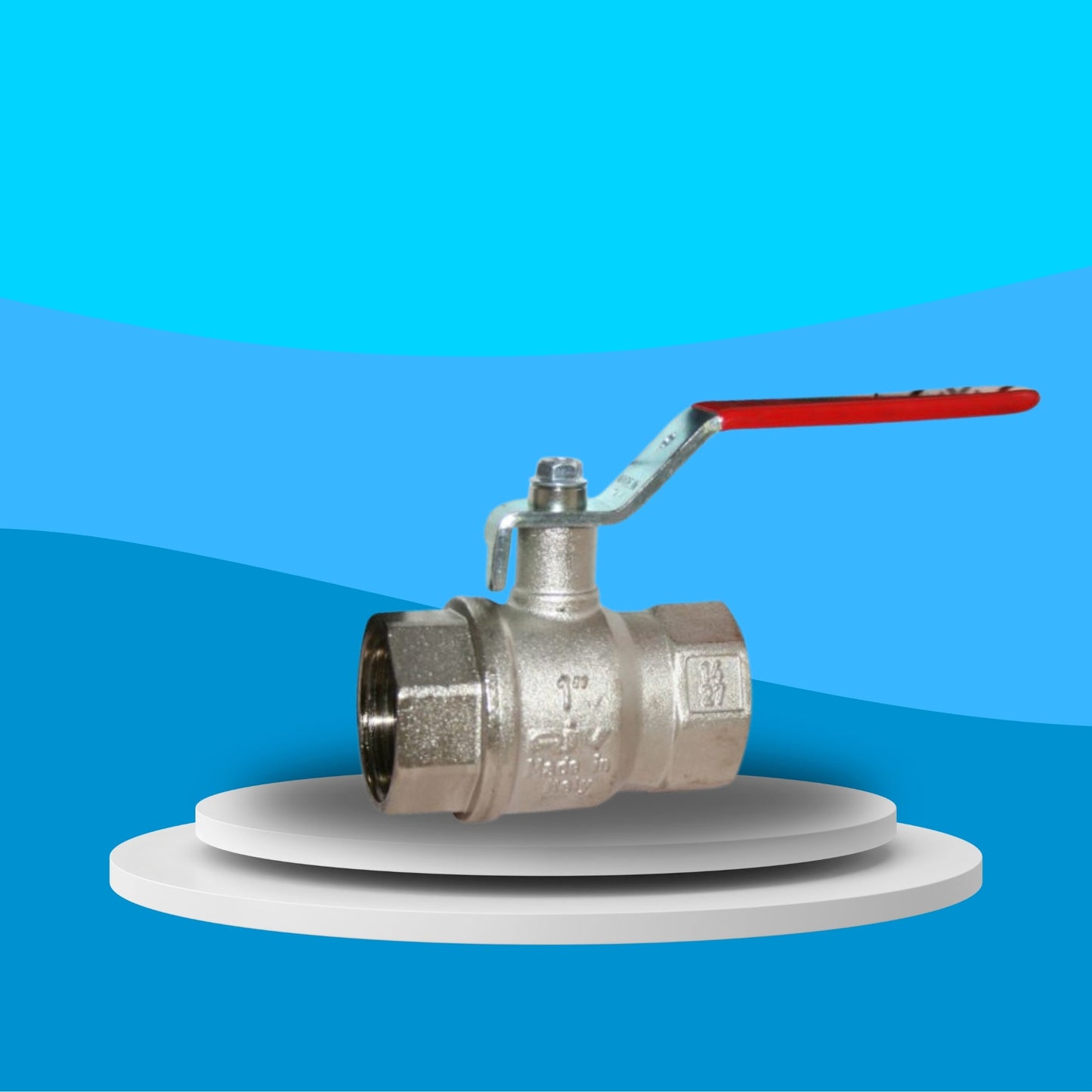Wras Valves
Wras Approved Brass Ball Valve - Standard Pattern Screwed BSPP (PVC Coated Lever)
Wras Approved Brass Ball Valve - Standard Pattern Screwed BSPP (PVC Coated Lever)
Couldn't load pickup availability
WRAS Approved | Screwed BSPP | Nickel Plated Brass | Full Bore | PVC Coated Lever Handle
This WRAS Approved Brass Ball Valve with standard pattern Screwed BSPP ends and a PVC coated lever handle offers a durable, compliant, and user-friendly solution for a wide range of potable water and fluid control applications. Built from nickel-plated brass, the valve resists corrosion and wear, making it suitable for both domestic and commercial plumbing environments.
The full bore design allows maximum flow through the valve with minimal restriction, reducing pressure drop and improving overall system efficiency. The PVC coated steel lever ensures a firm grip, even in wet or cold environments, and provides a comfortable and safe manual operation.
Fully WRAS certified, this valve meets all UK potable water system regulations and is pressure rated according to valve size:
¼” to ⅜” – PN64
½” – PN40
¾” & 1” – PN32
1¼” to 2½” – PN25
3” & 4” – PN16
With an operating temperature range of -20°C to 110°C, it is well-suited for use in hot and cold water systems, isolation points, and general flow control tasks.
WV 4175
Share

FAQ's
What is the difference between a valve and an actuator?
What types of actuators are available?
The main types of actuators are:
Pneumatic actuators – use compressed air for fast, reliable operation.
Electric actuators – use electrical power for precise control.
Hydraulic actuators – use fluid pressure for high-torque applications.
Each type offers unique advantages depending on the environment, media, and system control needs.
How do I choose the right actuator for my valve?
To select the correct actuator, consider:
Valve type and torque requirement
Power source available (air, electric, or hydraulic)
Operating environment (temperature, humidity, hazardous area)
Control signal type (on/off or modulating)
Matching actuator torque and compatibility with the valve’s ISO mounting ensures reliable performance.
What are the main types of valves used in automation?
The most common valves in automated systems include:
Ball valves – for tight shutoff and quick operation.
Butterfly valves – for larger flow control with compact design.
Globe valves – for precise throttling and flow regulation.
Check valves – to prevent backflow.
Gate valves – for full bore flow isolation.
What’s the difference between a double-acting and spring-return actuator?
Double-acting actuators use air (or power) to both open and close the valve.
Spring-return actuators use air to open (or close) the valve, and a built-in spring to automatically return it to a safe position when power or air is lost — ideal for fail-safe operation.
How often should valves and actuators be serviced?
Regular maintenance intervals depend on operating conditions, but a good rule of thumb is to inspect every 6–12 months.
This includes checking for leaks, lubrication, seal wear, and actuator responsiveness to prevent unexpected downtime.

